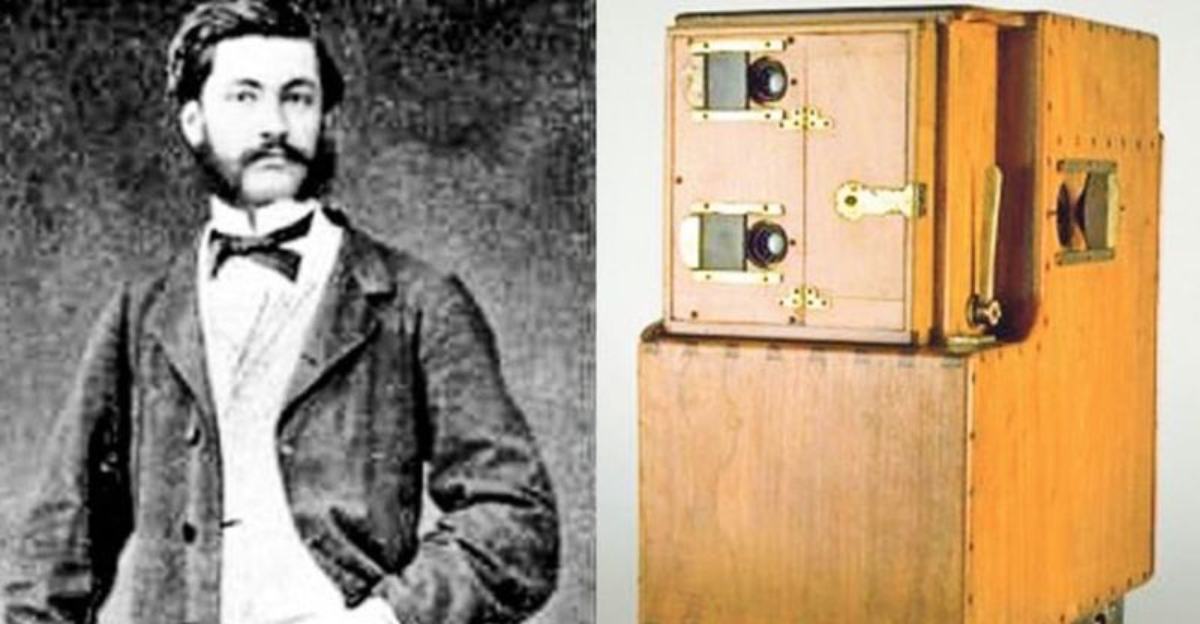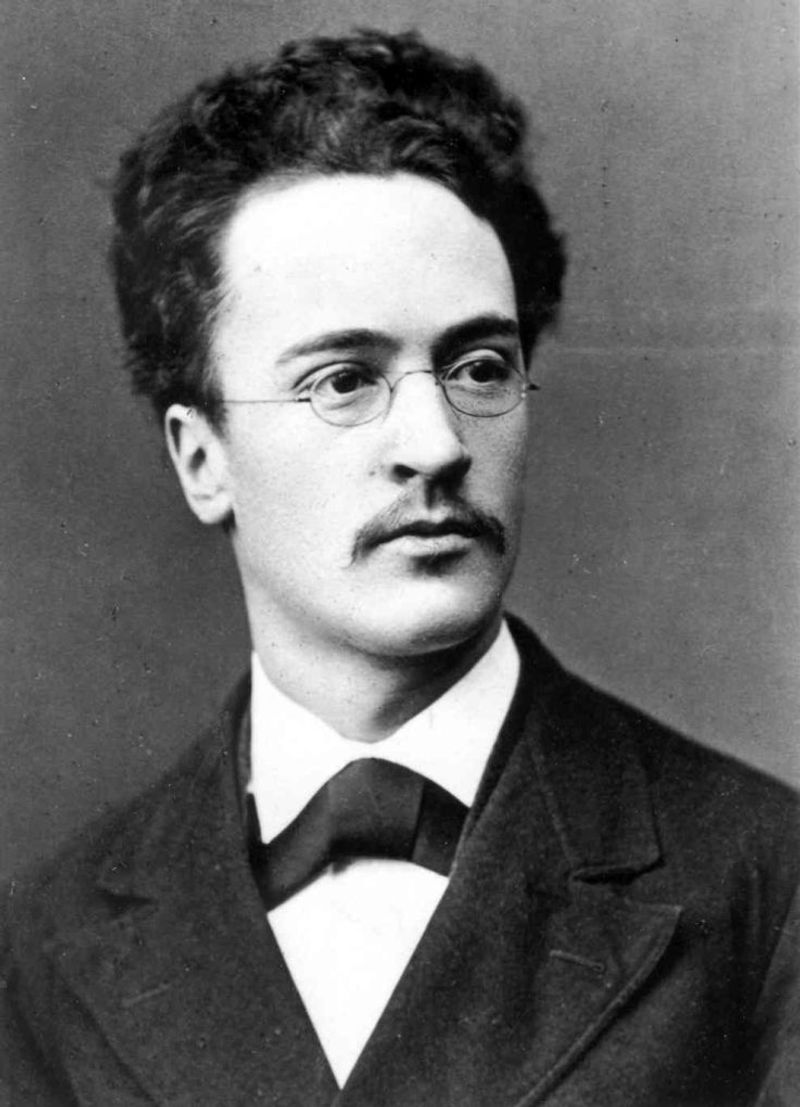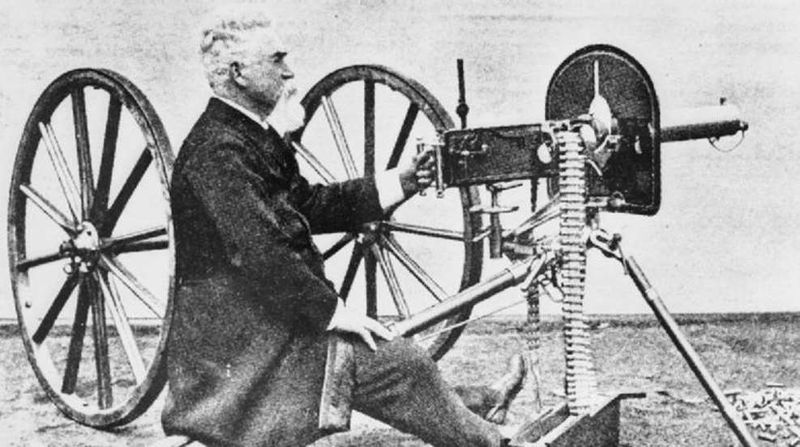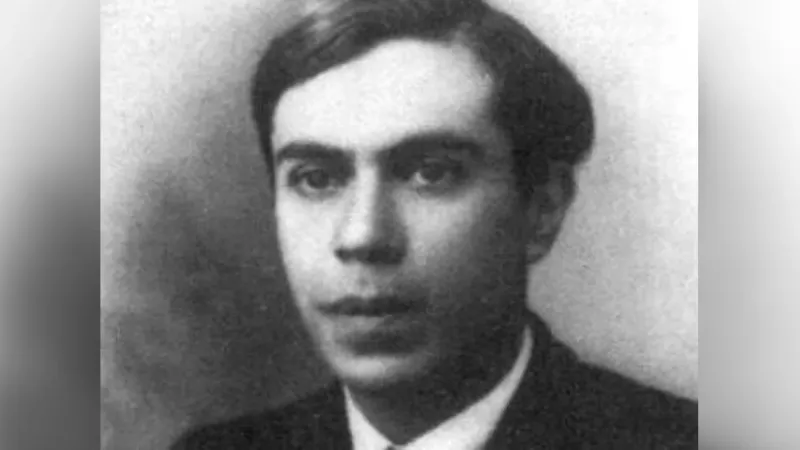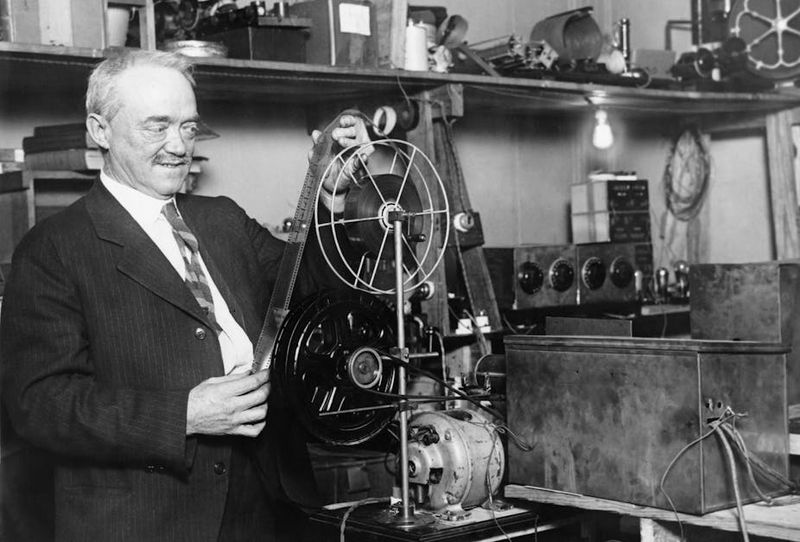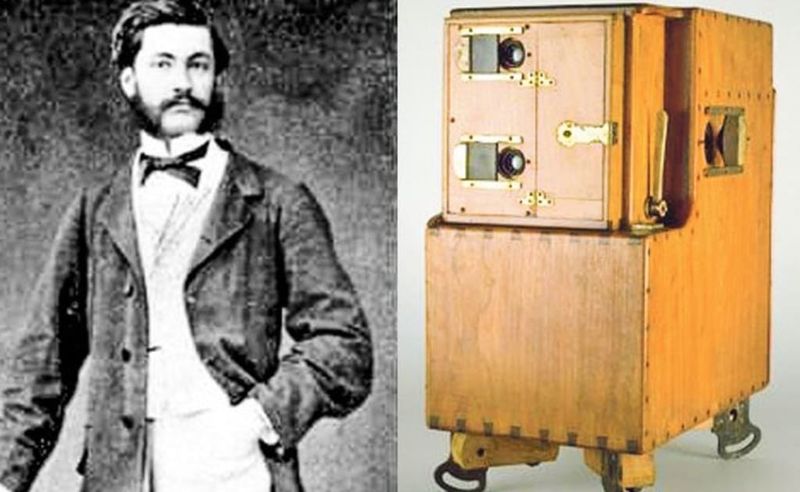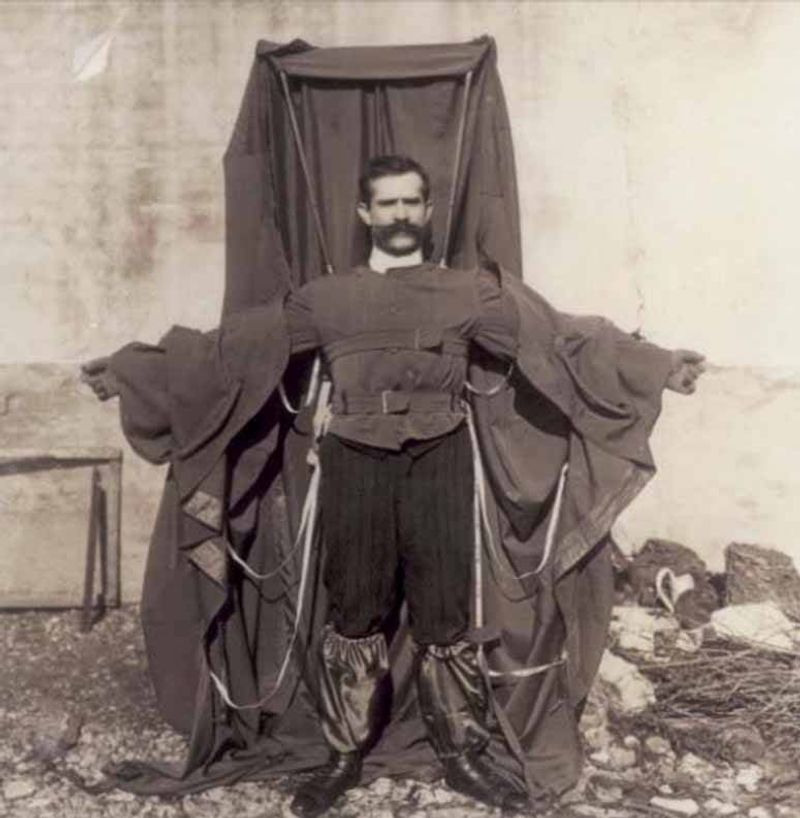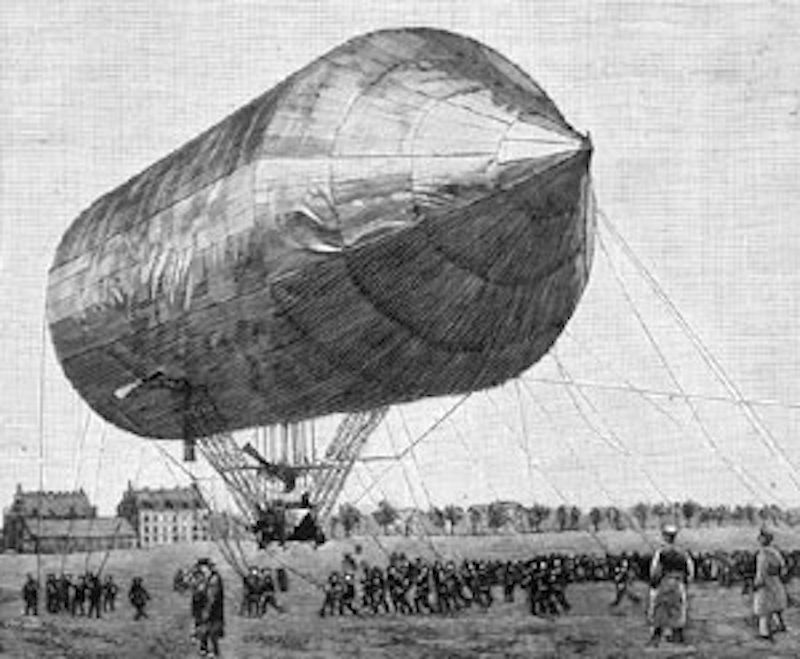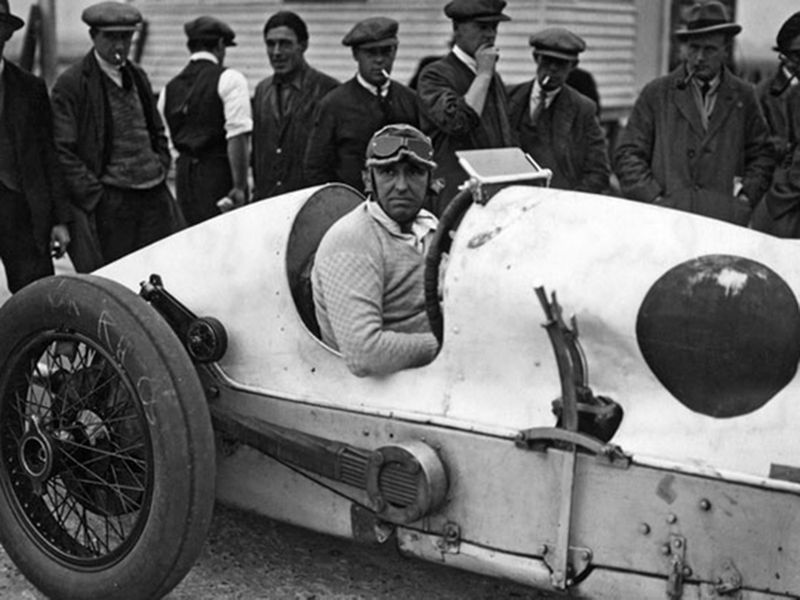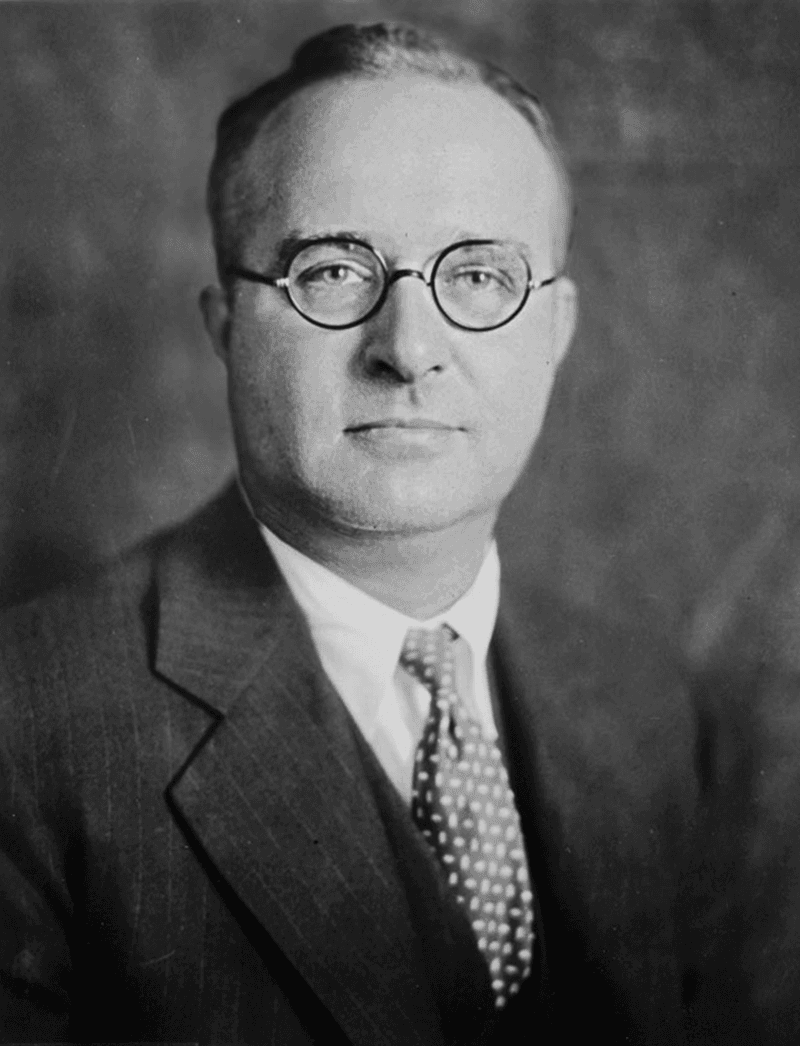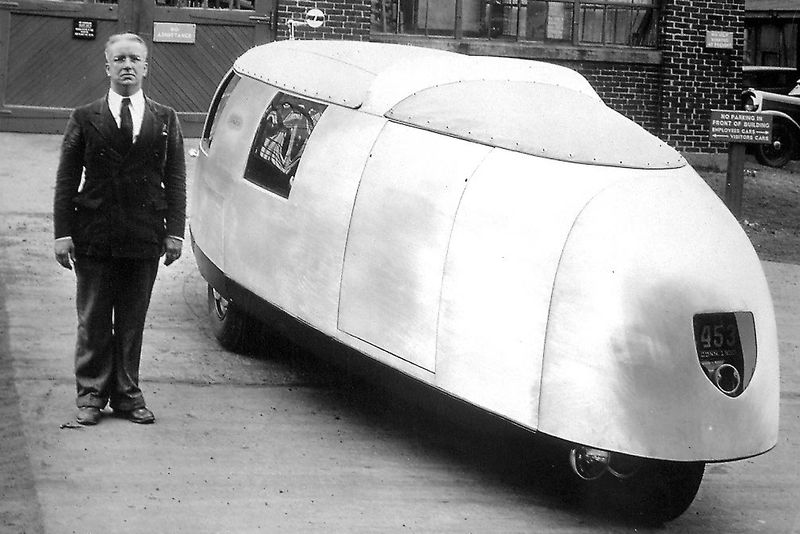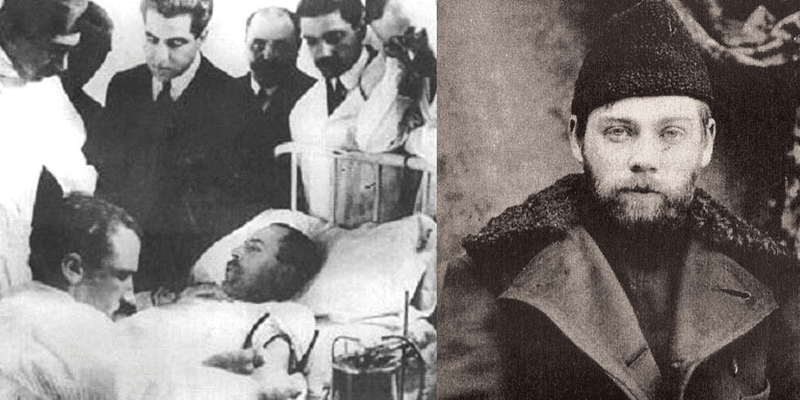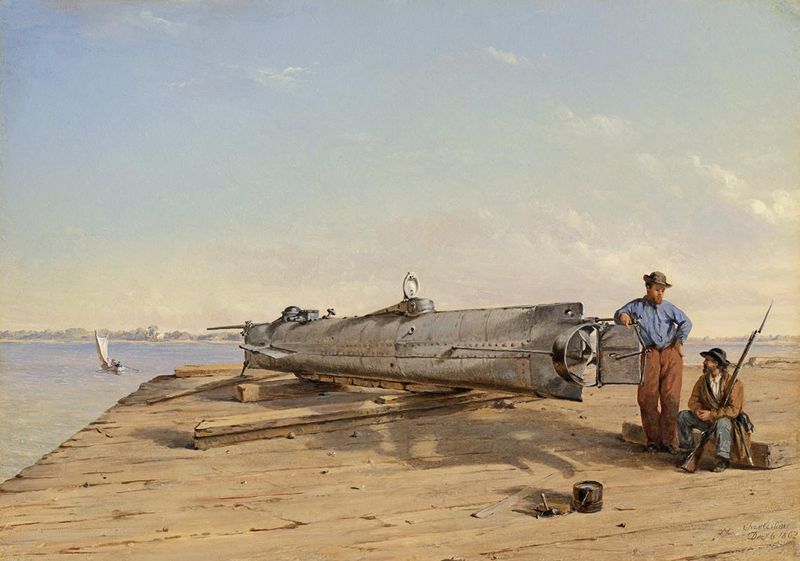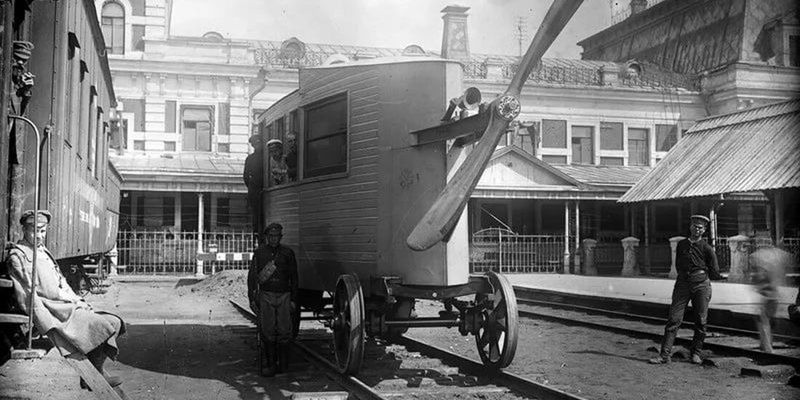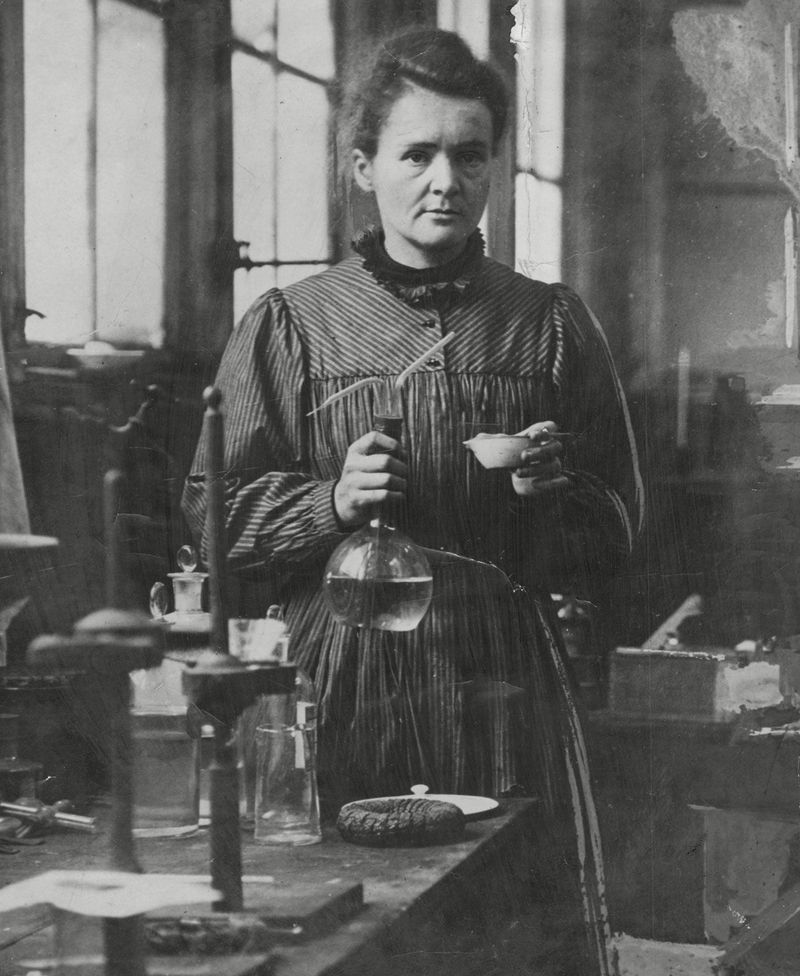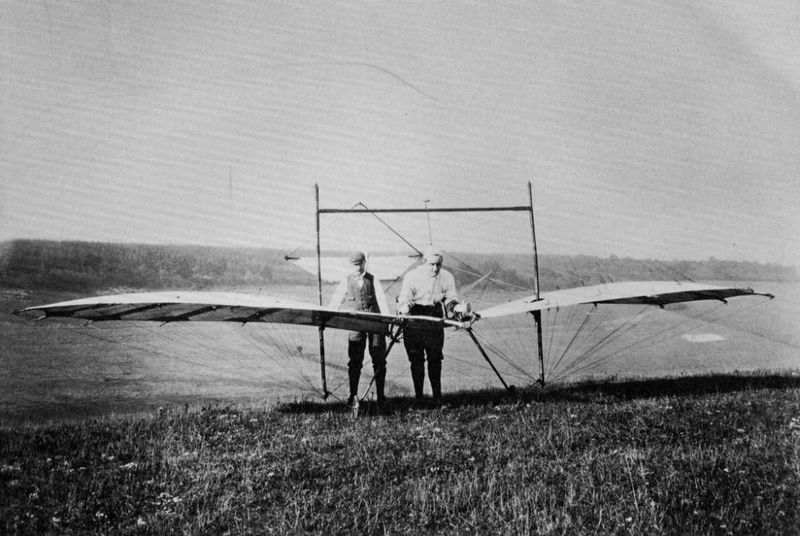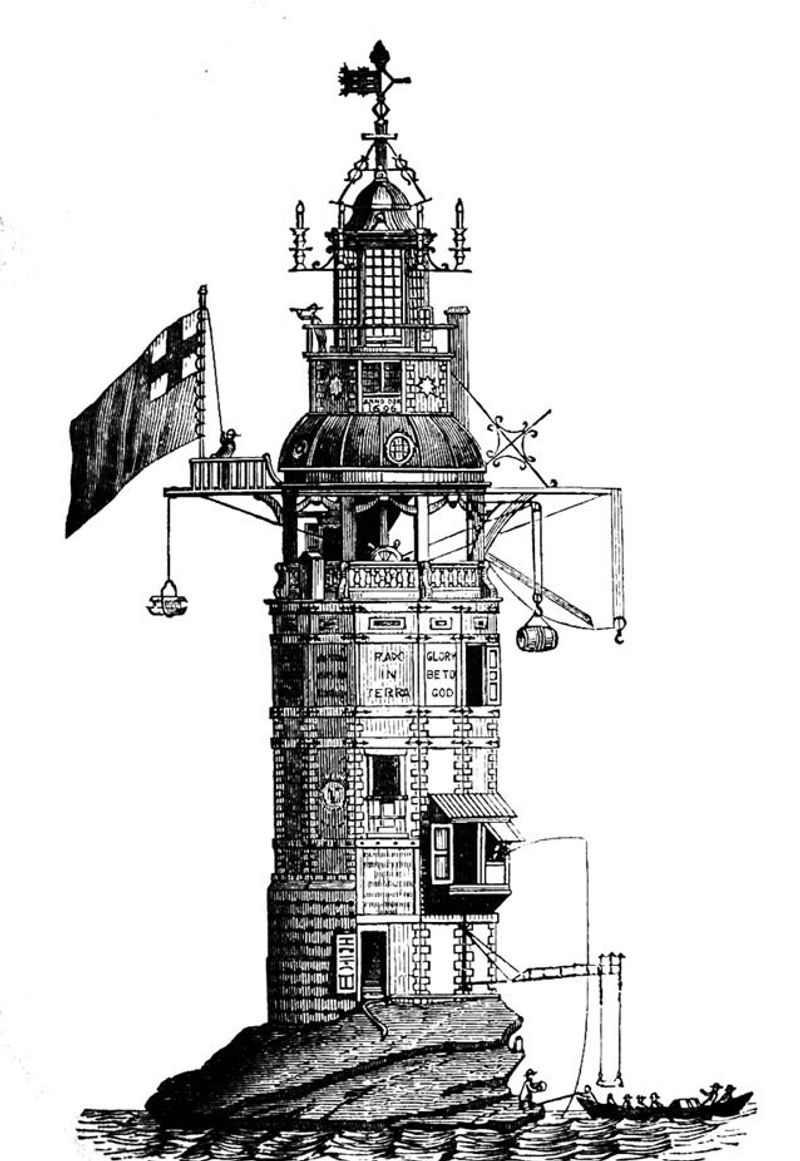Throughout history, brilliant inventors have vanished under mysterious circumstances, taking their groundbreaking ideas with them. Their disappearances have left behind unanswered questions and lost innovations that might have reshaped our world. Here are 17 such enigmatic figures.
1. Rudolf Diesel
Inventor of the diesel engine, Rudolf Diesel, disappeared mysteriously from a ship en route to London in 1913. His innovative engine design was poised to revolutionize industries dependent on fuel efficiency.
Diesel’s invention was a game-changer, yet his sudden vanishing at sea stirred numerous conspiracy theories. Was it industrial sabotage, or did he choose to disappear himself?
Some personal items were later found on a body at sea, but the exact circumstances of his death remain a mystery. Diesel’s legacy lives on in the engines that bear his name.
2. William Cantelo
British inventor William Cantelo is a figure shrouded in mystery, having disappeared after developing an early machine gun in the 1880s. His story takes a peculiar turn with his family’s suspicion of his resemblance to Hiram Maxim, inventor of the Maxim gun.
Cantelo’s inventive prowess was significant, yet his unexplained vanishing has led to wild speculations. Did he assume a new identity, or was he forced into hiding?
Theories abound, but none have been confirmed, leaving Cantelo’s true fate as elusive as his groundbreaking inventions.
3. Ettore Majorana
Ettore Majorana, a brilliant young physicist in the field of quantum mechanics, vanished without a trace in 1938. His groundbreaking theories had the potential to redefine scientific understanding.
Majorana’s disappearance has spurred countless theories, ranging from voluntary exile to possible abduction. Despite his brilliance, Majorana was known to be reclusive and troubled.
To this day, Majorana’s fate remains one of science’s greatest mysteries. His contributions, however, continue to influence modern physics.
4. Archibald Low
Archibald Low, often hailed as a visionary, demonstrated a form of television in 1914. Despite his numerous inventions, including early drones and guided missiles, Low’s contributions were largely unrecognized.
Low’s work in television technology was decades ahead of its time, yet it failed to gain the necessary traction. As a result, he faded into obscurity, overshadowed by later developments.
His story is a poignant reminder of the challenges faced by pioneers on the cutting edge of innovation.
5. Louis Le Prince
Louis Le Prince, a pioneering figure in early cinematography, mysteriously vanished in 1890. He was last seen boarding a train in France, destined for a demonstration in the U.S. His groundbreaking work in motion-picture technology remains overshadowed.
His disappearance occurred just as the film industry was on the brink of emergence, sparking numerous theories about his fate. Some suggest industrial espionage, while others believe it could have been due to personal reasons.
Despite numerous investigations, the enigma of Le Prince’s disappearance persists, leaving his mark on history as the ‘Forgotten Father of Film.’
6. Franz Reichelt
Known as the ‘Flying Tailor,’ Franz Reichelt crafted a wearable parachute, testing it with a leap from the Eiffel Tower in 1912. The leap ended tragically with his invention failing to deploy.
Reichelt was driven by an unyielding belief in his invention, boldly risking everything to prove its efficacy. His fatal jump was captured on film, immortalizing his daring spirit.
While his invention died with him, Reichelt’s story endures as a testament to human ambition and the quest for innovation.
7. David Schwartz
David Schwartz, a Hungarian engineer, developed an innovative rigid airship design in the late 19th century. His untimely death in 1897 resulted in his plans being acquired by Ferdinand von Zeppelin.
Schwartz’s vision was groundbreaking, yet he did not live to see it soar. Zeppelin turned Schwartz’s concepts into reality, leading to the iconic Zeppelin airships.
Although often overshadowed, Schwartz’s legacy as a pioneer in aviation remains undeniable.
8. John Godfrey Parry-Thomas
British engineer Parry-Thomas was a relentless speed record seeker. He died in 1927 during a daring attempt to break the land speed record with his car, Babs.
Parry-Thomas’s innovative engine designs and engineering prowess were remarkable. However, his life was tragically cut short, with much of his work buried with the wreckage.
Decades later, Babs was unearthed and restored, a tribute to Parry-Thomas’s enduring legacy in automotive engineering.
9. Thomas Midgley Jr.
Midgley, known for developing leaded gasoline and CFCs, was a victim of his own invention. Contracting polio, he devised a pulley system to assist his mobility, only to tragically become entangled and strangled by it in 1944.
His inventions, while revolutionary, later revealed significant environmental impacts. Midgley’s story is a complex one of innovation intertwined with unforeseen consequences.
Despite his controversial legacy, Midgley’s contributions to industrial chemistry remain significant.
10. Henry Smolinski
Henry Smolinski was a dreamer with his eyes set on the skies. In 1973, he attempted to create a flying car by attaching aircraft wings to a Ford Pinto.
The venture was bold, capturing the imagination of the era, but ended in disaster during a test flight, claiming Smolinski’s life. His ambition, however, marked a fascinating chapter in the quest for personal aviation.
Though his vision didn’t take off, Smolinski’s innovation sparked future exploration into flying vehicles.
11. Richard Buckminster Fuller
Richard Buckminster Fuller’s Dymaxion Car was a groundbreaking vehicle designed in the 1930s, facing setbacks after a fatal demonstration accident. Despite ongoing work, the car never reached production.
Fuller’s vision for a streamlined, efficient vehicle was ahead of its time. Yet, the Dymaxion Car’s innovative concepts were largely forgotten amid technical challenges and public skepticism.
Fuller’s broader contributions to design and architecture continue to inspire, reflecting his forward-thinking approach.
12. Alexander Bogdanov
Russian physician Alexander Bogdanov pursued controversial blood transfusion experiments, believing in their rejuvenating potential. In 1928, a transfusion from a malaria-infected student led to his death.
Bogdanov’s work was ambitious, reflecting a fearless commitment to pushing medical boundaries. His fatal experiment, while tragic, highlighted the risks inherent in pioneering medical research.
His story serves as a reminder of both the potential and peril of scientific exploration.
13. Horace Lawson Hunley
Horace Lawson Hunley was a submarine pioneer during the American Civil War. In 1863, he perished during a test dive of his vessel, the H.L. Hunley.
Hunley’s dedication to advancing naval technology was profound. His submarine later became the first to sink an enemy ship in combat, a historical milestone.
While his life was lost to the depths, Hunley’s contributions to marine engineering are enduring.
14. Valerian Abakovsky
Valerian Abakovsky designed the Aerowagon, a high-speed railcar fueled by an aircraft engine, in the early 20th century. A tragic test run in 1921 resulted in a derailment that claimed his life.
Abakovsky’s vision for rapid rail travel was ahead of its time, symbolizing the era’s fascination with speed and innovation. His untimely death halted the project’s development.
Though short-lived, the Aerowagon remains a curious footnote in the history of transportation innovation.
15. Marie Curie
Marie Curie’s groundbreaking research on radioactivity laid the foundation for numerous scientific advancements. However, prolonged exposure to radiation contributed to her death in 1934.
Curie’s dedication to science was unwavering, despite the risks. Her pioneering work earned her two Nobel Prizes, yet many of her research notes remain highly radioactive today.
Her legacy endures, inspiring generations of scientists with her fearless pursuit of knowledge.
16. Percy Pilcher
Percy Pilcher was an aviation trailblazer developing a powered flying machine in the 1890s. Tragically, he died in a glider crash in 1899 before testing his aircraft.
Pilcher’s work in aviation was pioneering, potentially delaying the advent of powered flight. Despite his early demise, his designs influenced later aviators.
His story is a poignant reminder of the risks and rewards of pushing the boundaries of flight.
17. Henry Winstanley
Henry Winstanley constructed the first Eddystone Lighthouse off the coast of England. In 1703, he was inside the lighthouse during a massive storm that ultimately destroyed it.
Winstanley’s passion for engineering and maritime safety was evident in his ambitious lighthouse project. Despite the destruction, his work set a precedent for future lighthouse construction.
His life and work, lost to the storm, underscore the relentless power of nature and human endeavor to tame it.
